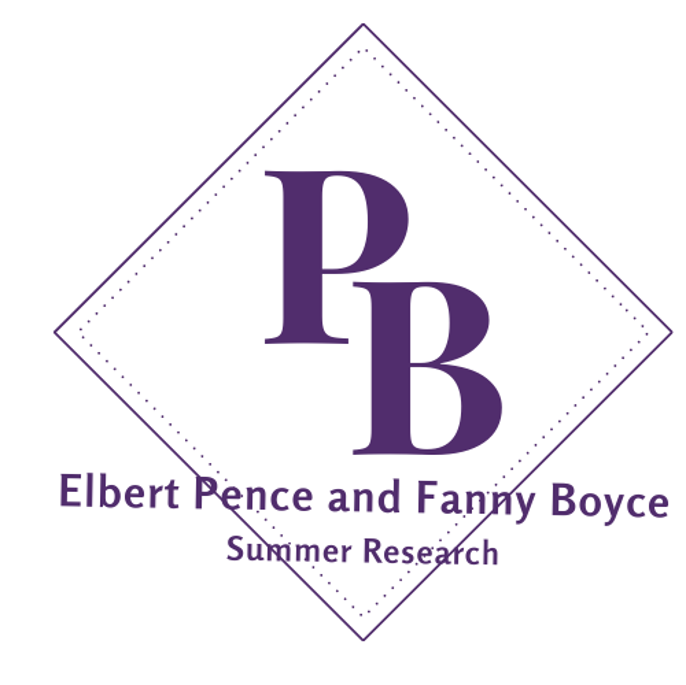Date of Award
Summer 2019
Degree Type
Thesis
Department
Chemistry
First Advisor
Dr. Willa Harper
Abstract
The human body has natural systems for vasodilation which are fueled by nitric oxide production, but in cases of cardiac disfunction and stress nitric oxide can be inhibited. In this study, nitric oxide was studied as a mediator for the blood rush experienced from the warming after induced hypothermia. Nitric oxide (NO) was introduced through sodium nitrate, which was aimed to reduce the speed and turbulence of blood flow through interaction between NO and the active site of hemoglobin. A viscometer was used to examine the rate of blood flow, while the temperature was varied to simulate the conditions of induced hypothermia. Two temperatures were tested to simulate the warming following induced hypothermia, and three concentrations of sodium nitrate were added to the samples to examine the correlation between flow and concentration. The results indicated that the 0.11 M NaNO3 expressed constant blood viscosity for both temperatures, the 0.09 M NaNO3 exhibited some mediation, and the 0.10 M showed the least mediation.
Recommended Citation
Munnich, Brianna, "Study of Blood Viscosity with Added Sodium Nitrate and Temperature Variance: A Potential Therapy to Regulate Blood Flow After Induced Hypothermia" (2019). Pence-Boyce STEM Student Scholarship. 7.
https://digitalcommons.olivet.edu/pence_boyce/7
Included in
Biochemistry Commons, Medical Biochemistry Commons, Medicinal and Pharmaceutical Chemistry Commons


